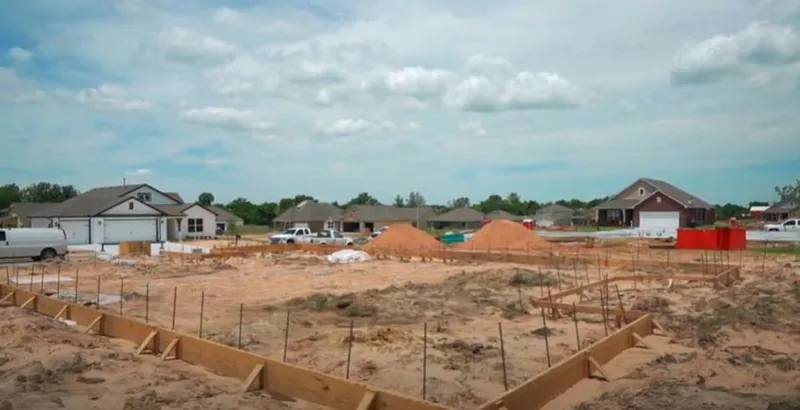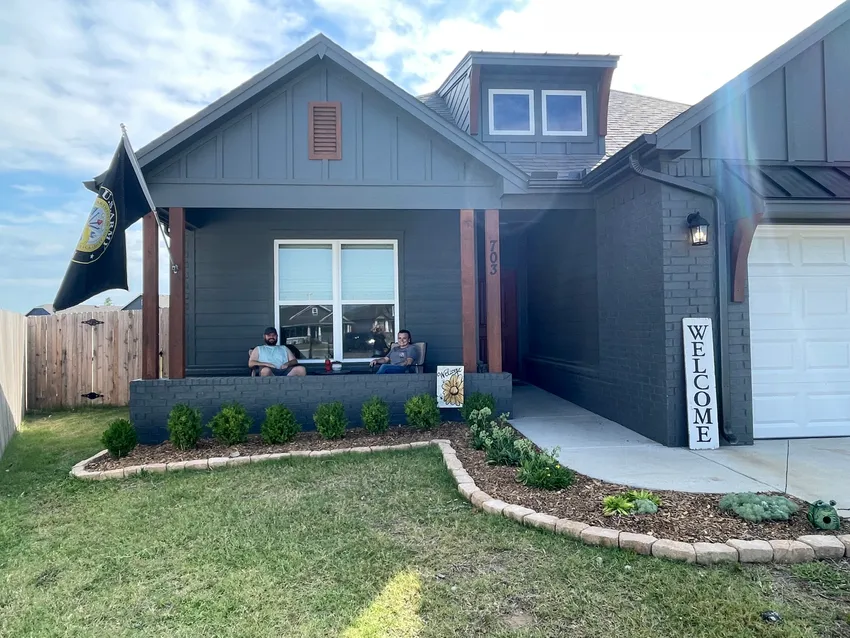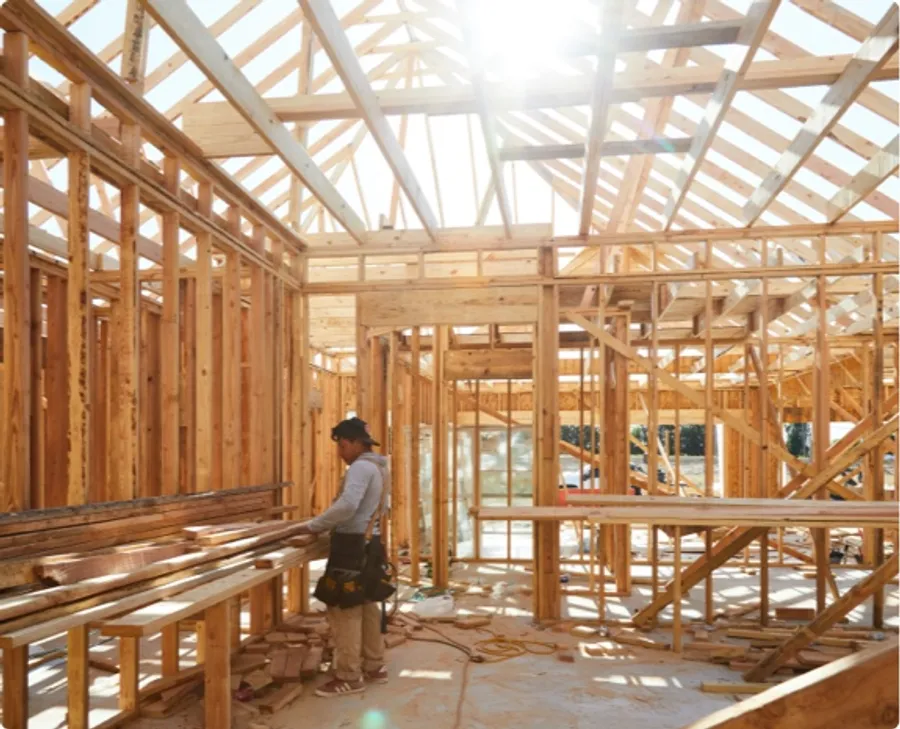ApproachBuilders Blog
As a locally owned and operated business, we know that community is at the heart of everything we do -- and that there are many stories in the community worth sharing. Our Builder's Blog is a way for us to share that. From local events and up-and-coming communities to good, old fashioned-family recipes and home builder tips and trends that will take your home-ownership game to the next level!

Building Series: Step 1: Foundation
June 29, 2020
To build anything, you have to start with a strong and steady foundation. At Capital Homes, we take special care to ensure our foundations are strong and stable, so that each house is ready to become someone’s home.
Before starting, we level and prepare our home sites so that we can begin building on even ground. Once the site is prepared, laying the foundation takes between 2 and 4 weeks to complete, depending largely on the weather.
First, we set the “footing,” or concrete anchoring around the perimeter of the home, which takes less than a day. This is achieved by digging a shallow trench at least 18 inches in depth around the perimeter of the home. (The exact depth may change according to city specifications.) That trench has a rebar box built inside and then rods of rebar are placed upright evenly throughout the trench. (This will eventually help tie the slab to the footing.) Then, we pour the concrete and level it throughout the trench. We use a rebar-enforced, single-pour concrete for extra stability and reinforcement.
After a day of drying time, the preparations for the main concrete slab begin. This slab is the concrete layer that will make up the base of the home.
Wooden boards or “forms” are set along the entire perimeter, within the concrete footings. These boards delineate the exact outline of the home.
Then, plumbers come to set the sewer and drain lines and water lines underneath the house, raising the pipes so that they are accessible once the slab is poured. Then the interior of the forms are filled with dirt, the dirt is sprayed to prevent termites, and a thick layer of plastic is laid down.
Capital Homes builds on post-tension slabs, which means that there are cables set within the concrete which will eventually be pulled taut for more stability. At this point, these cables are stretched across the area of the home in a grid pattern. The cables are designed to reinforce the concrete and prevent any cracking that occurs from displacing, which can damage the home when it settles.
Finally, concrete is poured on top of the tension cables, with the ends of the plumbing pipes still sticking up above the top of the forms. Once the concrete dries, the foundation is complete and the construction of the house itself can begin!
Latest Posts
December 8, 2025
Meet the Team That’s Building Dreams — Not Just Houses
December 1, 2025
Welcoming 2026: Find Your Next Home With Capital Homes This December
November 24, 2025
The Heart Behind Every Home: Our Capital Family
November 10, 2025
Welcome to Phase II at Elysian Fields – Where Your Dream Home Awaits
November 10, 2025
Why the Tacoma Floor Plan Continues to be a Customer Favorite
November 4, 2025
The Birch: Spacious, Smart, and Designed for Real Life
October 24, 2025
Start Fresh with Capital Homes’ Clean Slate Program
October 20, 2025
Playgrounds, Ponds, and Pups — Communities That Have It All
October 13, 2025
Finding Your Place to Call Home in Green Country
What Our
Homebuyers Are Saying

"We love Stone Villa so much that we have been recruiting all our friends to move to the community. Every house that goes up for sale - we scope it out and recruit our buddies to come live here. If that doesn't say something... we don't know what will!"




